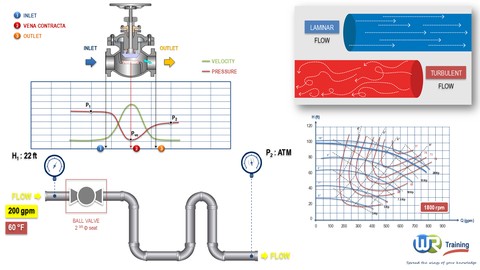SQL - MySQL for Data Analytics and Business Intelligence
Loại khoá học: IT Certifications
SQL that will get you hired – SQL for Business Analysis, Marketing, and Data Management
Mô tả
How important is database management in the age of big data and analytics?
It is really important.
How many employers would be happy to hire employees who can use data for the purposes of business intelligence?
All of them.
How many people have these skills?
Not enough.
This is why now is the time to learn SQL and gain a competitive advantage in the job market. Remember, the average salary of a SQL developer is $103,400! That’s a lucrative career.
How come?
Well, when you can work with SQL, it means you don’t have to rely on others sending you data and executing queries for you. You can do that on your own. This allows you to be independent and dig deeper into the data to obtain the answers to questions that might improve the way your company does its business. For instance, Database management is the foundation for data analysis and intelligent decision making.
Worried that you have no previous experience?
Not an issue. We will start from the very basics and gradually teach you everything you need to know. Step by step. With no steps skipped.
Why take this course in particular? Isn’t it like the rest of the SQL courses out there?
We would like to think it isn’t. Our team worked hard to create a course that is:
Easy to understand
Time efficient and concise
Shows how SQL can be crucial for data analytics and business intelligence
Comprehensive – it covers several topics not shown in other SQL courses
Practical – it teaches you how to work with a real-life database
Corresponds to professional best practices
Taught in MySQL – The most popular SQL database management system
Contains plenty of downloadable exercises, course notes, and quiz questions
Some of these aspects have been covered in other courses. Others haven’t. However, no one provides such a variety of topics in one place.
We firmly believe this course is the best training material out there. It is a truly interactive experience preparing you for a real-life working environment.
We love teaching
So far, over 1,750,000 students have taken our courses here on Udemy. Teaching is what we do best, and we take pride in going the extra mile to create the most engaging content for you, our students. Our mission is to help you bridge the gap between theoretical knowledge taught at school and in universities and the practical application required at the workplace.
So, why do you need to enroll in this course and learn SQL?
Salary/Income. As we pointed out earlier, learning SQL is a great opportunity. There is a significant surge in demand for skills revolving around database management, database administration, and business analysis relying on data. Companies will pay top dollars for specialists who have such know-how
Profession of the future. In the years to come, data will only grow in importance and size. Therefore, it is great to pick up a skill that will likely increase in demand over the years to come
Analytical reasoning. Programming languages are a great way to train your mind. Furthermore, understanding a business task and looking for its solution through writing code can be really interesting and stimulating once you become familiar with the basics
What about certificates? Do you provide a certificate?
Upon completion of the course, you will be able to download a certificate of completion with your name on it. Then, you can upload this certificate on LinkedIn and show potential employers this is a skill you possess.
Sounds awesome, right?
So, what are you waiting for? Click the “Buy now” button, and let’s begin this journey together!
Bạn sẽ học được gì
Become an expert in SQL
Learn how to code in SQL
Boost your resume by learning an in-demand skill
Create, design, and operate with SQL databases
Start using MySQL – the #1 Database Management System
Prepare for SQL developer, Database administrator, Business Analyst, and Business Intelligence job opportunities
Adopt professionally tested SQL best practices
Gain theoretical insights about relational databases
Work with a sophisticated real-life database throughout the course
Get maximum preparation for real-life database management
Add data analytical tools to your skillset
Develop business intuition while solving tasks with big data
Study relational database management theory that you will need in your workplace every day
Learn how to create a database from scratch
The ability to take control of your dataset – insert, update, and delete records from your database
Be confident while working with constraints and relating data tables
Become a proficient MySQL Workbench user
Acquire top-notch coding techniques and best practices
Know how to answer specific business questions by using SQL’s aggregate functions
Handle complex SQL joins with ease
Approach more advanced topics in programming like SQL’s triggers, sequences, local and global variables, indexes, and more
Merge coding skills and business acumen to solve complex analytical problems
Become a proficient SQL user by writing flawless and efficient queries
Tons of exercises that will solidify your knowledge
The freedom to query anything you like from a database
Yêu cầu
- No prior experience is required. We will start from the very basics
Nội dung khoá học
Viết Bình Luận
Khoá học liên quan

Đăng ký get khoá học Udemy - Unica - Gitiho giá chỉ 50k!
Get khoá học giá rẻ ngay trước khi bị fix.

















Đánh giá của học viên
Bình luận khách hàng